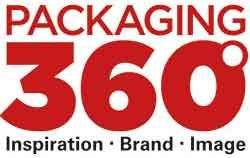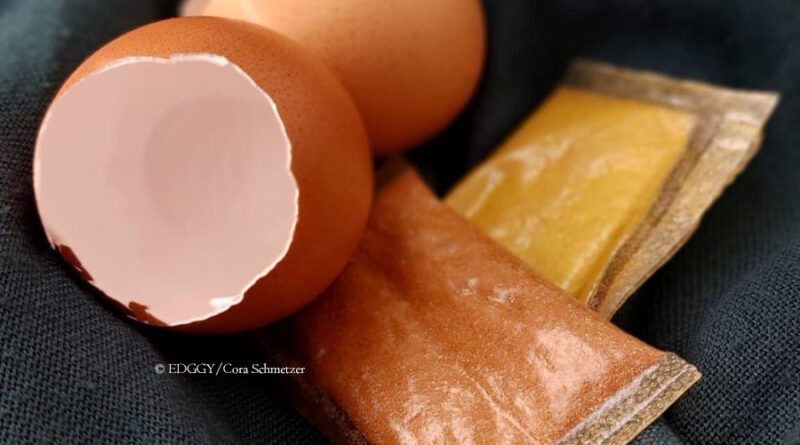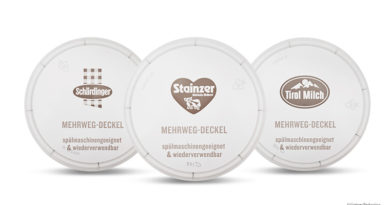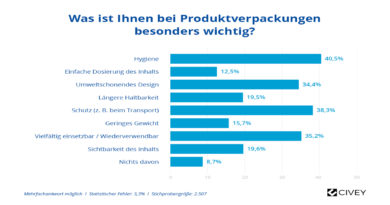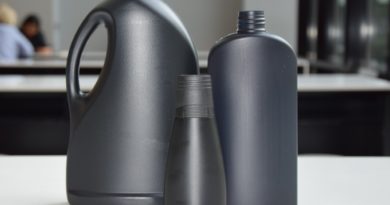Female Students Invent Edible Packaging From Eggshells
Award-winning product from the University of Hohenheim: foil made from old eggshells is an impressive packaging for packet soups, can be eaten as well and provides valuable additional proteins.
Ready meals such as ramen are ideal for quickly satisfying hunger: Open the bag, stir – done! At the same time, however, these quick snacks produce a lot of plastic waste. To address this problem, the student team EDGGY from the University of Hohenheim in Stuttgart rolled up their sleeves – and developed edible packaging made from eggshells and other vegetable raw materials. What’s special about them is that they simply dissolve in hot water – and can be eaten as an additional protein boost. For this sustainable and innovative idea, the five students received the prize for the most innovative idea at the EIT Food Reuse2Repack Challenge and prize money of 1,200 euros.
When dry, the packaging, which measures about 4 by 2 centimeters, looks like a normal plastic bag. But just a little hot water is enough, and within seconds there is nothing left of it. “By using proteins, our packaging is even really healthy!” explains Lina Obeidat, who is studying for a master’s degree in food science at the University of Hohenheim. Obeidat came up with the brilliant idea while cooking with her mother: “We had also cracked eggs for our dish. The moment I was about to throw away the shells, the idea flashed through my mind: what protects the egg should also be good as packaging, right?”
In her study module, Obeidat finds four comrades-in-arms who are infected by the idea. Alena Fries, Bahar Abrishamchi, Paulina Welzenbach, Cora Schmetzer and Lina Obeidat are competing as Team EDGGY in the EIT Food Solutions: Reuse2Repack Challenge. The competition is about developing a bio-based packaging solution from food waste. Her idea and aspiration are also reflected in her product name: Cutting EDGE-Research and the use of EGGs.
From the challenge to their own start-up?
However, it was to be another nine months before success. “Before the first experiments, we first studied technical literature extensively,” recalls Alena Fries “The whole thing was definitely not a linear process. In the lab, we repeatedly checked our approach, adapted the methods and analyzed the results. For example, we experimented with starch once, but discarded it: The packaging simply became much too hard.”
Or investigating the drying process: “When is it too wet, when is it too dry? So we constantly turned the cogs and examined each prototype for strengths and weaknesses – until we finally achieved the best result.” And it’s ingeniously simple: “Our packaging consists of a simple mixture of vegetable protein, eggshells, and structuring plasticizers.
